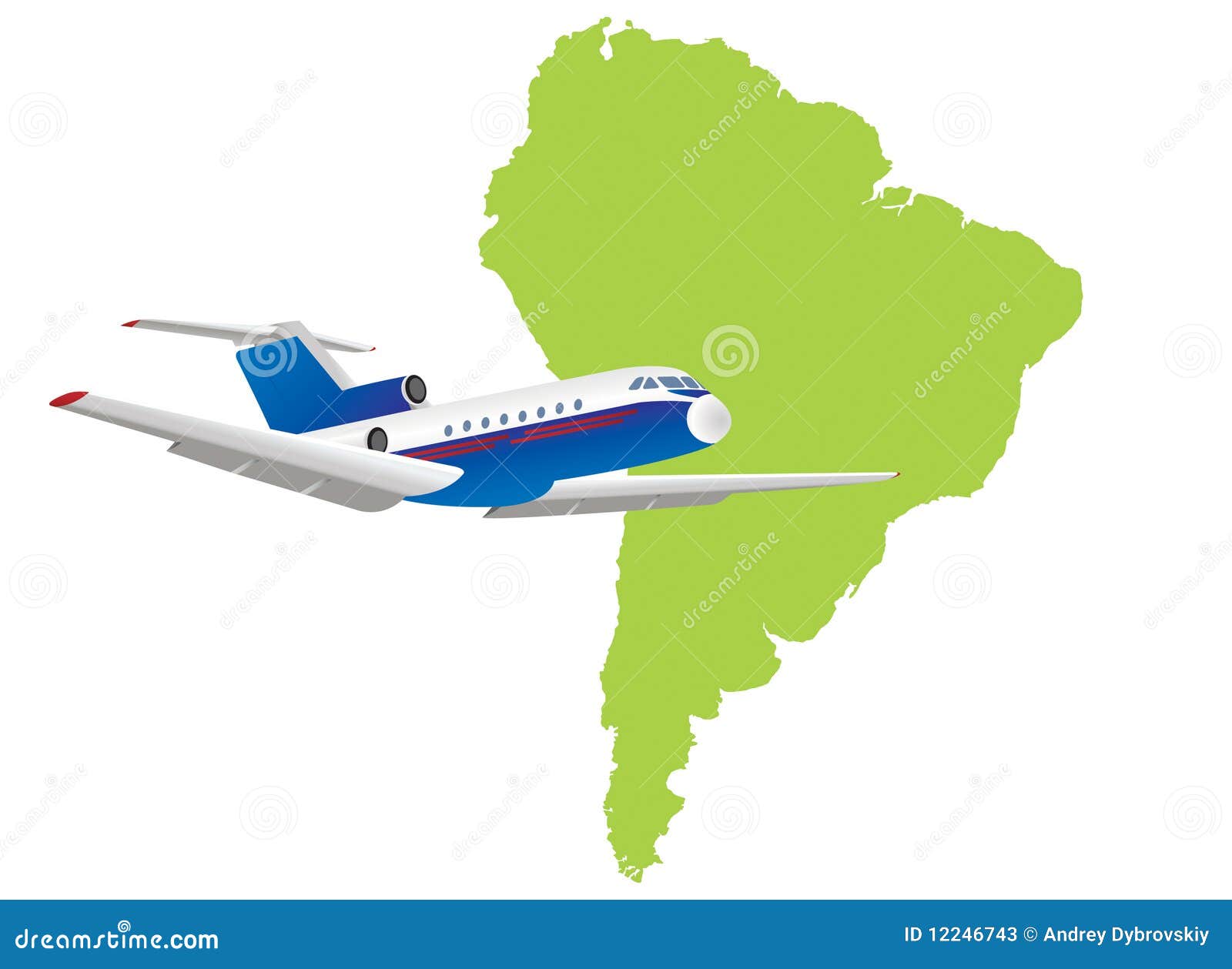Flying from South America to Australia: What You Need to Know
When embarking on a journey from South America to Australia, travelers are met with not only geographical challenges but also cultural, logistical, and regulatory aspects that warrant attention. Before booking a flight, it is essential to delve into various nuanced factors that could significantly enhance your traveling experience.
Understanding your route and flight options is paramount. Direct flights from key South American cities like São Paulo or Buenos Aires to Australian hubs such as Sydney or Melbourne are sparse. Travelers often need to consider stopovers in cities like Santiago, Los Angeles, or even Asian destinations like Singapore or Hong Kong. Assessing flight duration, typically ranging between 18 to 30 hours depending on layovers, is critical for both comfort and scheduling. Moreover, seeking airlines known for reliability and in-flight services can influence your decision, with carrier options varying in terms of legroom, entertainment, and food quality.
Once you’ve navigated the travel logistics, preparations for your trip become crucial. Travelers should consult their respective nations’ travel advisories concerning vaccinations and health precautions. Australia enforces strict biosecurity laws, prohibiting items like fresh food, plants, and even certain personal items that could harbor pests or diseases. Consequently, familiarizing oneself with Australia’s biosecurity guidelines can prevent frustrating delays or penalties at customs. It’s also wise to consult a healthcare professional regarding any vaccinations required for your journey, such as those for yellow fever, which may be necessary depending on the regions visited in South America.
Preparing for international travel also involves financial considerations. Currency exchange rates can fluctuate, and planning ahead to understand the Australian Dollar (AUD) relative to your currency is beneficial. Factors like the value of the Australian Dollar can dictate your overall budget and spending capabilities. Credit cards are widely accepted in urban areas, yet carrying some cash is advisable for smaller towns or markets where electronic payments may not be feasible.
Accommodation options upon arrival can greatly influence the overall travel experience. Travelers to Australia may choose from various lodging types, ranging from opulent hotels to more budget-friendly hostels and unique stays like eco-lodges or camping experiences. Selecting accommodations that offer proximity to attractions while providing the necessary amenities—such as free Wi-Fi, kitchen facilities, or laundry services—can enhance your comfort and convenience during your stay.
Upon settling in, understanding Australia’s diverse cultural landscape is invaluable. Australia boasts a rich tapestry of indigenous history, alongside influences from its colonial past and multicultural present. Engaging with local customs, trying traditional Australian dishes, or participating in community events can foster a deeper appreciation of the land and its people. Consider visiting popular destinations, such as the Great Barrier Reef for breathtaking marine biodiversity or urban centers like Sydney for iconic landmarks such as the Sydney Opera House and Harbour Bridge.
Engaging with local modes of transportation can provide unique insights into the Australian way of life. Public transport systems in major cities like Sydney, Melbourne, and Brisbane offer efficient and cost-effective alternatives to car rentals, allowing you to navigate urban environments without the burden of parking or traffic woes. Regional areas, however, may require a different strategy, often benefiting from the convenience of renting a car to explore the sprawling natural landscapes Australia has to offer, from the Outback to coastal drives.
In conclusion, traveling from South America to Australia involves multiple layered considerations that go beyond mere flight bookings. A thorough understanding of logistical elements, health precautions, financial management, accommodation options, cultural engagement, and transportation strategies will significantly contribute to an enriching travel experience. Embrace the journey—it’s not merely about the destination but the myriad of experiences that unfold along the way.
You May Also Like
Best Fish to Catch in Australia: A Guide for Anglers
Australia boasts an extraordinary diversity of fish species, making it …
Emily Bay Norfolk Island: A Hidden Gem in the Pacific
Emily Bay, a picturesque enclave nestled on the sun-kissed shores of …
Holidays on August 23: Global Festivities & Observances
August 23 is a date that carries a bouquet of cultural significance …





